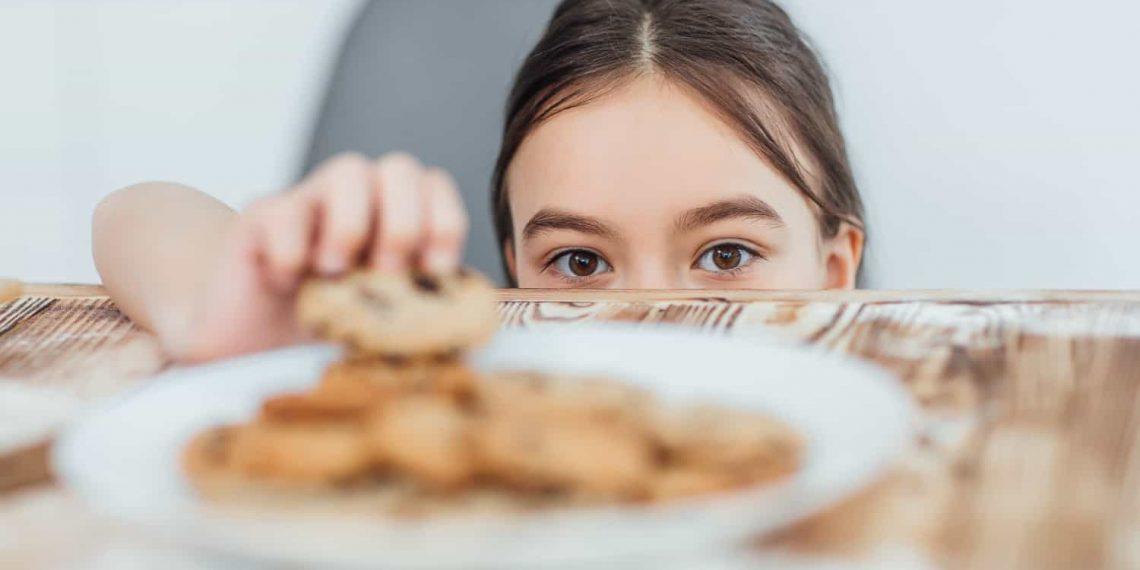Creating a Healthier Future for Our Little Ones
Every parent wants to see their child grow up strong, energetic, and full of life. But today, childhood malnutrition and obesity are two sides of a serious global issue that threatens that bright future. The good news? With the right knowledge and daily habits, we can help children build a healthy foundation for life.
Contents
- Why Childhood Malnutrition and Obesity Matter
- 1. Focus on Whole, Natural Foods
- 2. Set Regular Meal and Snack Times
- 3. Make Water the Main Beverage
- 4. Teach Mindful Eating Early
- 5. Encourage Daily Movement and Play
- 6. Be a Positive Role Model
- 7. Get Professional Guidance When Needed
- The Bottom Line: Prevention is Easier Than Cure
- FAQs About Childhood Malnutrition and Obesity
Why Childhood Malnutrition and Obesity Matter
The early years are critical for a child’s physical and mental development. Poor nutrition — whether it’s too little or too much unhealthy food — can lead to lifelong problems like diabetes, heart disease, poor academic performance, and emotional struggles.
Addressing childhood malnutrition and obesity early is one of the greatest gifts we can give to the next generation.
1. Focus on Whole, Natural Foods
The best way to protect children from malnutrition and obesity is to fill their plates with foods that come from nature, not factories.
Key foods to prioritize:
-
Fresh fruits and vegetables
-
Whole grains like oats, quinoa, and brown rice
-
Lean proteins such as chicken, turkey, beans, and tofu
-
Healthy fats like avocado, olive oil, and nuts (when age-appropriate)
A simple tip: Keep colorful fruits and crunchy veggies within easy reach for snack times.
2. Set Regular Meal and Snack Times
Children thrive on routine, and so do their bodies. Skipping meals often leads to overeating unhealthy foods later.
Try these ideas:
-
Three balanced meals a day
-
Two healthy snacks in between
-
Eating meals together as a family whenever possible
Research shows that children who share meals with their family tend to have healthier eating habits and better emotional health.
3. Make Water the Main Beverage
One of the simplest but most effective steps against childhood malnutrition and obesity is swapping sugary drinks for good old water.
Best choices:
-
Plain water
-
Milk (for younger children, in moderation)
-
Infused water with berries or mint for a fun twist
Limit fruit juices, sodas, and sports drinks — they are packed with sugar that can sneakily lead to weight gain.
4. Teach Mindful Eating Early
It’s not just what kids eat, but how they eat that matters.
Mindful eating tips for children:
-
Eat slowly and enjoy the flavors
-
Stop eating when feeling full
-
Avoid distractions like TV or tablets during meals
Teaching kids to listen to their bodies helps prevent overeating and builds a healthy relationship with food for life.
5. Encourage Daily Movement and Play
Physical activity is just as important as a good diet for addressing childhood malnutrition and obesity.
Fun ways to get kids moving:
-
Family walks or bike rides
-
Dancing to favorite songs
-
Playing games like tag or hide-and-seek
-
Enrolling in sports or activity classes
Children should aim for at least 60 minutes of physical activity daily, according to health experts.
6. Be a Positive Role Model
Children watch what we do far more than what we say. If we eat veggies, drink water, and move our bodies, they are more likely to copy those habits.
Simple ways to model healthy living:
-
Make healthy meals together
-
Choose outdoor fun over screen time
-
Talk positively about food and body image
When healthy living is normal at home, kids grow up seeing it as a natural part of life.
7. Get Professional Guidance When Needed
Sometimes, despite our best efforts, kids struggle with nutrition or weight issues. There’s no shame in asking for help.
Helpful professionals include:
-
Pediatricians
-
Registered dietitians specializing in children
-
Child psychologists (if emotional eating is a concern)
Early intervention makes a huge difference — don’t wait if you feel something isn’t quite right.
The Bottom Line: Prevention is Easier Than Cure
Tackling childhood malnutrition and obesity isn’t about strict diets or making kids “lose weight” — it’s about setting them up for a lifetime of healthy habits, confidence, and happiness.
Start small, stay consistent, and celebrate every healthy choice together.
A healthier childhood leads to a healthier, happier adulthood — and it all begins with the simple steps we take today.
FAQs About Childhood Malnutrition and Obesity
What are signs of malnutrition in young children?
Signs can include tiredness, poor growth, irritability, delayed development, or frequent illness. Always check with a pediatrician if you’re concerned.
Can a child be both malnourished and obese?
Yes. It’s called “hidden hunger” — where a child consumes enough calories but lacks essential nutrients, leading to poor health even with excess weight.
What’s the best first step for parents?
Start by adding more whole foods into your family’s meals and making water the main drink. Small changes create big results over time.
Get Your FREE Natural Health Guide!
Subscribe now and receive our exclusive ebook packed with natural health tips, practical wellness advice, and easy lifestyle changes — delivered straight to your inbox.














